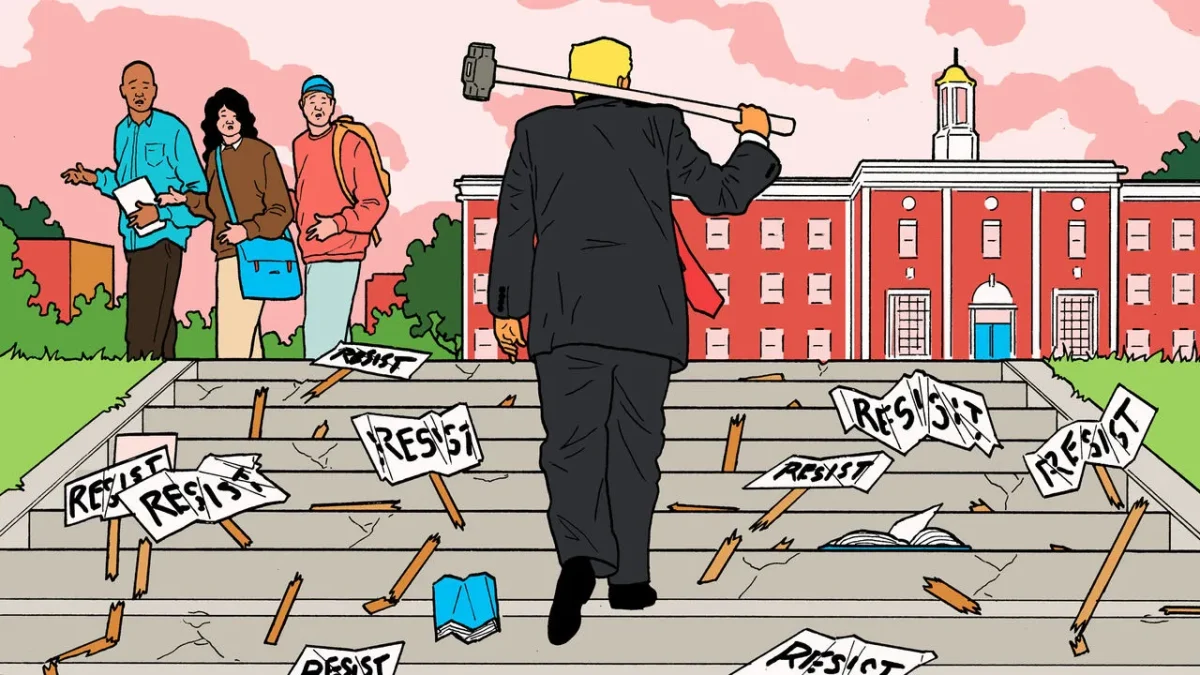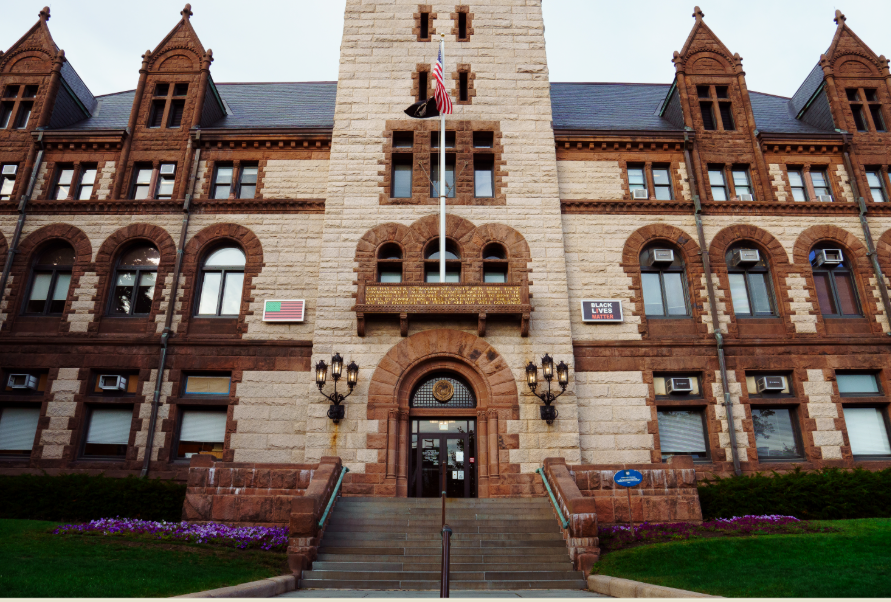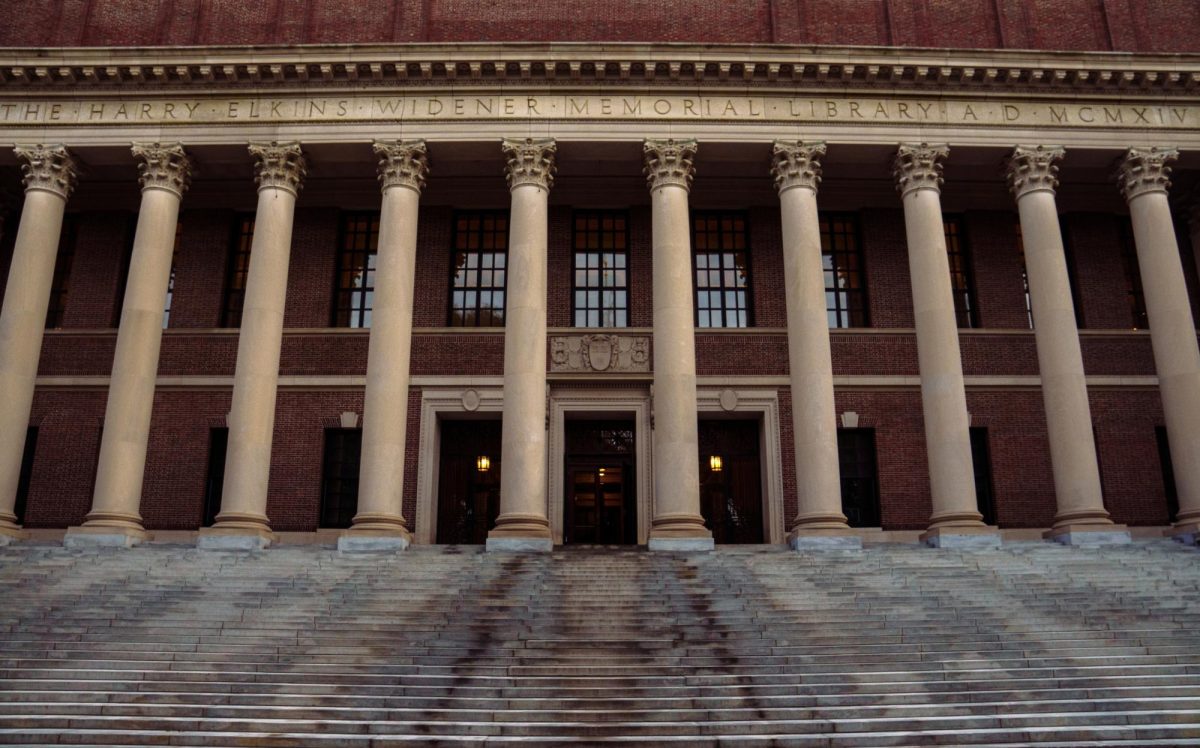For high schoolers, deciding what college to go to and the process that it entails is an incredibly stressful decision that comes with a lot of hard work and contemplation. From grueling classes to extracurriculars to finding a way to cough up the hefty sum that is required, going to college is a very arduous process. In the early days of universities, post-high-school education was designated, as most of life’s privileges were, for wealthy white men. One way they maintained this luxury was through a program called “legacy admissions.” Legacy admissions were a way to preserve the homogenous vision that universities had for educated Americans. Legacy admissions gave preferences to applicants who had family members who had attended that same college. This was done to prevent African Americans and immigrants, who were increasingly vying for and working hard to earn places at historical universities, from taking the place of white men who admission officials felt were more deserving of those spots.
After the Civil Rights Movement, Americans began taking steps to create a more equitable country for people of color. One step universities took was the introduction of Affirmative Action during the application process. Affirmative Action compares an applicant’s history of opportunities to another of equal merit by using it as a tiebreaker. If two students are both A+ students, but only one can be accepted, they would choose the student who has had a greater history of societal disenfranchisement. However, white students, upset that they were being beaten out of college seats by well-deserving people of color, began taking it upon themselves to sue schools for “reverse discrimination.” In their minds, and those of some school administrators, affirmative action was freely giving out spots to people who weren’t qualified simply due to their race. This was simply untrue. Over the next 65-odd years, numerous cases were filed with various courts against many different universities.
Finally, in June of this year, the Supreme Court sided with the Students for Fair Admissions, who had sued Harvard and the University of North Carolina, alleging that due to affirmative action, white applicants were getting rejected from colleges at a higher rate than students of color, thus violating the country’s 14th Amendment. The 14th Amendment’s equal protection clause guarantees citizens of any race equal protection under the law, essentially an anti-discrimination clause. As one of the three Amendments ratified after the Civil War to better integrate Black Americans into a white-dominated society, it’s ironic how the Students for Fair Admissions used that clause to preserve white supremacy when it was in fact created to combat it.
One of the main critiques of the Court’s ruling, a ruling that described Affirmative Action as being unfair to white applicants, was the continued use of legacy admissions by top universities. The paradox is evident. Why is it legal for an applicant to be decided based on a history of greater education, which often goes hand in hand with racial and economic advantages, as opposed to someone who has not had that same level of fortune?
This article also appears in our September 2023 print edition.














